What Causes Condensation On Interior Walls In Colorado?
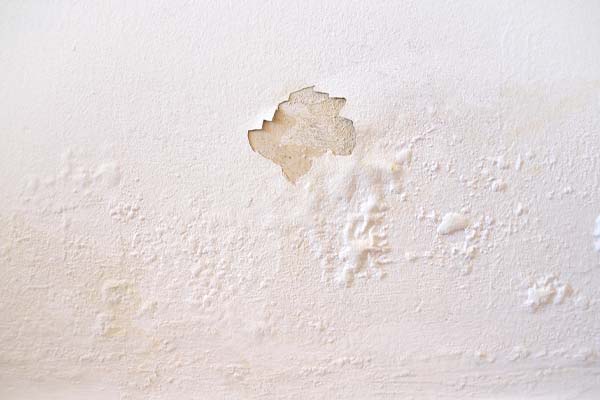
As a homeowner, your home should be safe and dry inside, no matter the weather outside. If you notice moisture on your walls, do not ignore it. While it may seem harmless, it could become a problem later. You need to trace the source and deal with it as soon as possible. Read on to learn more about condensation on walls. If necessary, you can also seek the help of an expert in resolving this issue.
The Possible Triggers of Condensation on Walls
Contents
Moisture on interior walls is likely due to condensation. It happens when a cold surface gets in contact with hot and humid air, quickly turning the vapor into water. The phenomenon is responsible for the droplets on a soda can when you take it out of a cooler. It is also common in winter when the perimeter walls are much colder than the warm indoor air. So, what causes this in homes?
Poor Insulation
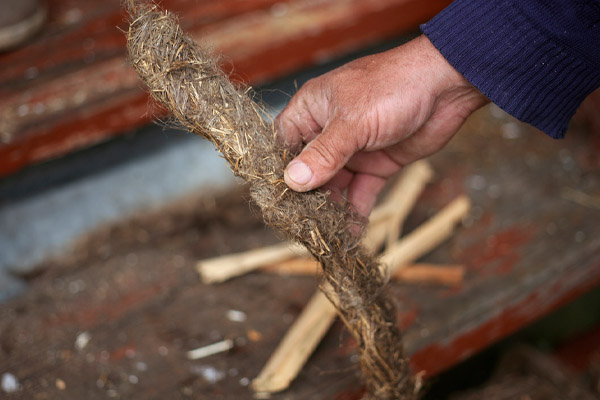
Wall insulation and attic insulation should shield the interiors from plunging outdoor temperatures. If it is working well, there should be no condensation. However, a lot of homes have poor insulation. Some had the inadequate capacity to block the flow of heat or create a thermal envelope from the beginning. Others naturally deteriorate over time. It may also be a case of bad installation or physical damage. By letting heat escape, the walls become sufficiently cold to trigger condensation.
Related Article: The Benefits Of The Inflation Reduction Act For Colorado Homeowners
Air Drafts
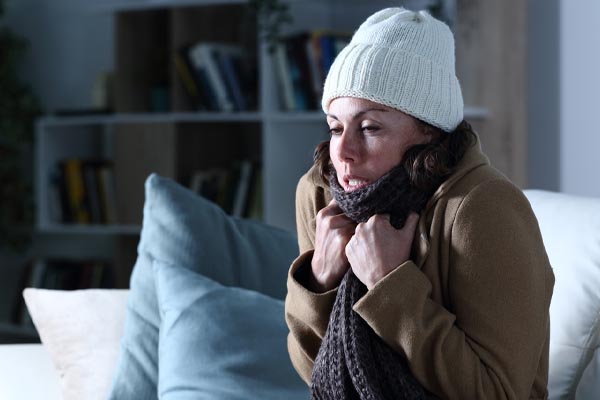
Walls, doors, and windows may develop cracks that are wide enough for air to pass through. The areas near the corners are particularly vulnerable without proper sealing. The risk of condensation increases as more humid air gets in. As materials shrink and expand due to extreme temperature shifts, the situation could worsen. You may try to check for cold drafts around your home. A professional can also come in and use sophisticated methods to find these by performing an energy audit.
House Leaks
The wetness on the walls may also come from sources beyond condensation, such as leaks around the house. These typically come from above, so consider the condition of your roof and gutter. After a storm, do a quick visual check of the shingles for damage. Look for discoloration on the ceiling and wet spots in the vicinity. If the moisture is heavily concentrated in one spot, it may be a leak rather than form condensation.
Rising Damp
You may also want to check the floor for wet spots. If the wet parts of the wall are near the bottom, the water may be rising damp — moisture pulled up by absorbent wall materials. If this always happens, you may need to stop the water source or improve the drainage. If the water can quickly move out, it may not have a chance to affect the walls or any other part of the house.
Why You Should Be Concerned About Interior Wall Moisture
You might think that wet walls are harmless since they will dry up after a while. However, moisture can persist for a long time under the right conditions. After a while, it can damage the walls and other parts of the structure.
Aesthetics
It may start with superficial signs such as bubbling paint and changing colors. The paint may eventually peel off from the surface, reducing wall protection and creating an unsightly mess. You will have to get a fresh coat of paint sooner than expected.
Mold Spores
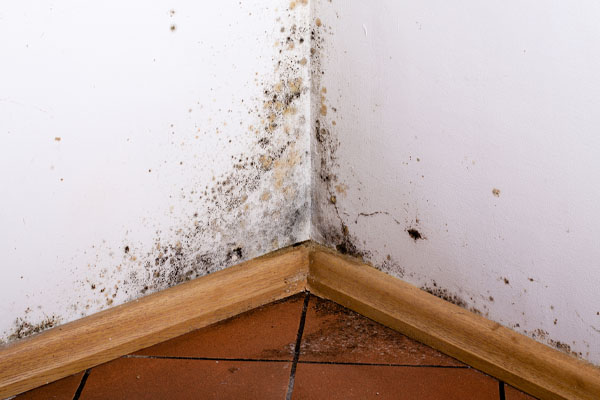
Moist walls also provide an ideal environment for fungus. You may see dark spots forming due to mold and mildew. They don’t just look bad. They are also harmful to your family’s health. Constant exposure to mold spores can trigger respiratory issues among vulnerable individuals.
Pest Infestation
Pests may begin to make a home out of old insulation, particularly cellulose and fiberglass. Rats, bats, squirrels, and raccoons may soon live inside your wet walls. They will not let you sleep with their noise. They will also leave an endless trail of waste to foul up the house. The pests may even carry diseases that can infect your family.
Asbestos
The old, underperforming insulation in your home may be asbestos. It was common before the 1980s when people didn’t know about its dangers. It will not shield you from chilly winters or prevent wet walls, so it might be a good time to consider professional removal.
Allergens

Inferior insulation materials do not block the movement of air. Outdoor air may carry allergens such as pollen and dust, which may eventually circulate around the house. It is a serious concern for people who have heightened sensitivities. Frequent allergy attacks can reduce quality of life.
How to Solve A Wall Condensation Problem
If you are noticing these signs in your home, act quickly before the issues stack up even higher. Solutions are available for each cause, although some may be too much for an amateur. Call professionals to assess the situation and implement proper remedies.
Upgrade Old Insulation
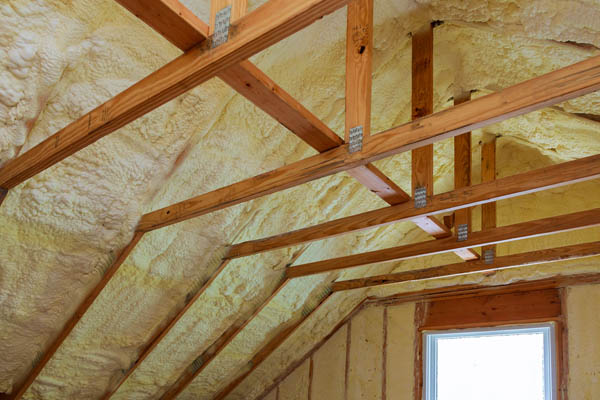
One of the best things you can do is to remove the old insulation and replace it with new material. Choose an alternative with a higher R-value for better protection from extreme temperatures. It will prevent the interior wall from getting too cold and triggering condensation.
Seal the Cracks
It’s a good idea to seal the cracks around the perimeter. Better yet, use an insulation material that can also create an airtight seal, such as spray foam. You can achieve two goals with a single application.
Fix the Leaks
If the water is coming from a leak above, call a roofer for repairs. You might be able to fix it fast with minimal cost by catching it early.
Improve Drainage
If the water is coming from below, remove the clog and improve the drainage. Prevent the source from flooding the area again.
Enhance Ventilation
Good air circulation will prevent high humidity and condensation. Improve the ventilation in your home to achieve this, whether through passive or active strategies. You can consult an HVAC expert for guidance. Also, you can consider a whole house fan for summertime use.
Conclusion
Condensation on interior walls is potentially harmful. Don’t brush it off when you see it. Determine the root cause and figure out a way to stop it for good. You can always lean on the knowledge of experts if you aren’t sure what to do. Act fast to minimize damage.
Condensation On Walls Fort Collins CO
To create an airtight seal and upgrade insulation as a means to mitigate condensation from forming on your walls, work with a professional insulation company. They can consider all of the necessary factors that will improve efficiency, comfort, and more. Ascend Construction specializes in insulation removal and installation, energy conservation, energy audits, whole house fan installations, and more in Fort Collins, Colorado, and the neighboring areas.

Contact Ascend Construction for a free consultation today. We can provide you with practical solutions to address the problem areas in your Fort Collins home. All of our services are affordable, and our work is guaranteed. Click here to contact us, or click the button below to give Ascend Construction a call. We offer free, no-obligation, in-home consultations.
Ascend Construction
301 S Howes St #1241
Fort Collins CO, 80521
(970) 420-5495